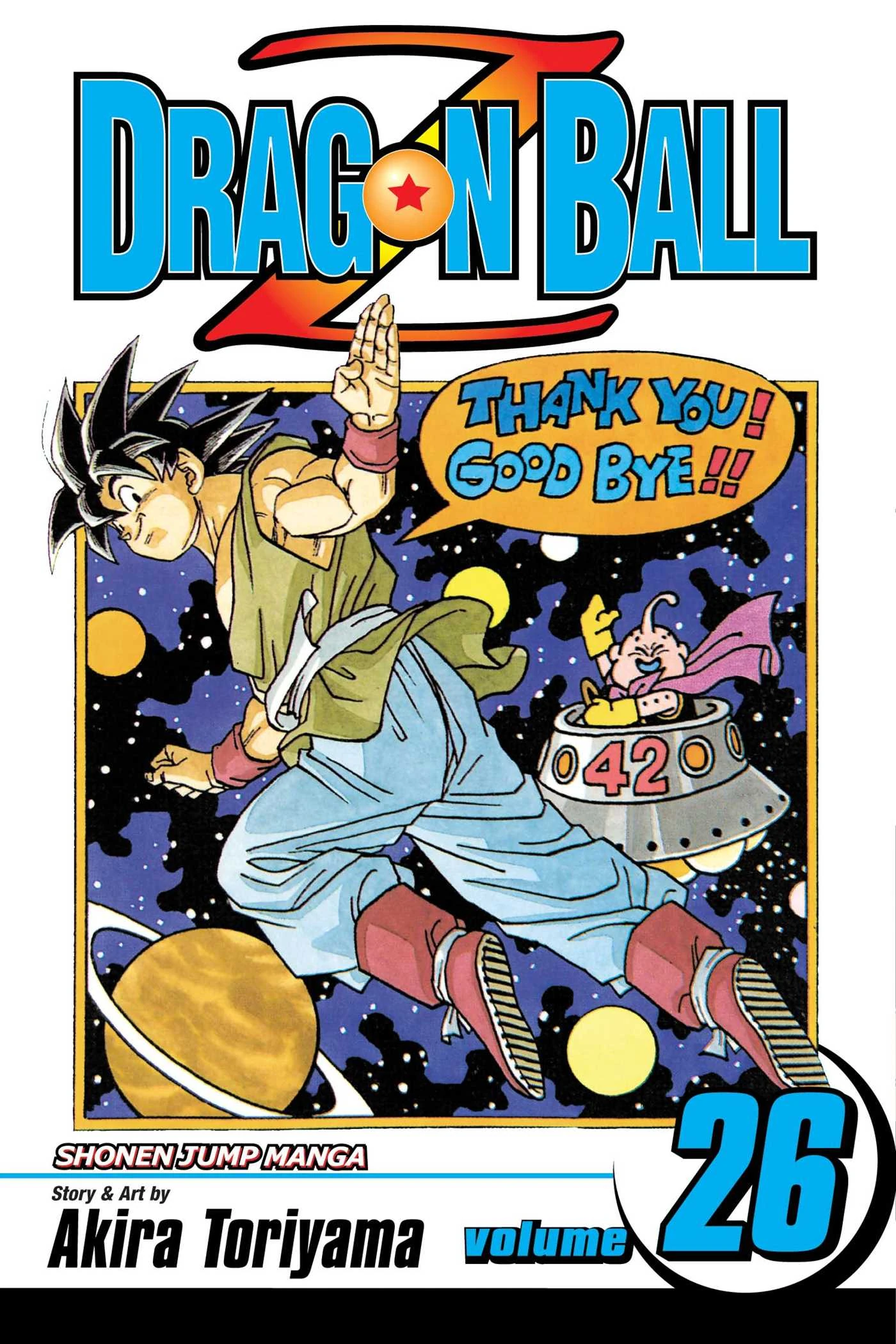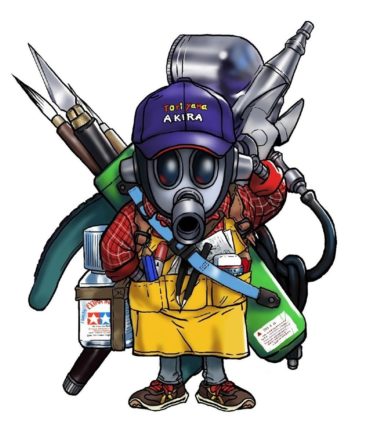Akira Toriyama: Life and Legacy
Early Days
Akira Toriyama grew up in Nagoya and was drawn towards art at a young age, frequently drawing vehicles, animals and eventually his school friends, partially inspired by manga but mostly from shows like Astro Boy. He eventually focused on creative design at school but his naturally carefree and aloof nature meant he was much more interested in hanging out with friends than actually attending class. This attitude followed him to his first job creating posters for an ad agency, as by his own admission he was frequently late due to “just not being a morning person” and often dressed casually despite being reprimanded for it several times. This led to his quitting for no reason other than not liking the lifestyle.
First Success
Now needing a job, Toriyama happened upon a copy of Weekly Shonen Jump! and decided to enter one of its monthly Newcomer submissions and although his initial parody of Star Wars was rejected, he soon got submissions actually published… submissions that sadly hit bottom of the reader popularity polls. While initially discouraged Toriyama kept at it, more out of stubbornness than anything else, and after multiple failed or middling efforts “Dr. Slump” not only became popular but it became so popular that it was serialised and ran from 1980 to 1984. Dr. Slump ended up earning Toriyama several awards and accolades and even got turned into an anime series in 1981, all this despite the fact that Toriyama only wanted to work on it for six months, something that would be a common thread in his Shonen Jump! career.

During all this, he also continued doing one-shot manga chapters here and there to break things up, though was still upset if they didn’t perform well. He also went from living with his parents and drawing by himself to having assistants and eventually moving out and even getting married. That being said, he was also a very shy and private person, creating a “Toribot” image to represent himself in interviews rather than having his photo taken, and generally made as few public appearances as possible. This became a much harder task mind you, when his next project got off the ground…
Accidental Phenomenon
As a fan of marital arts films, Toriyama was encouraged to make his new manga a more action-oriented one and so he created “Dragon Boy”, which featured a generic martial arts hero bringing a captured Princess back to her land. Some of those core concepts leaked into his next project: “Dragon Ball”, a fun little adaptation of the Chinese classic “Journey to the West” that was much more like Dr. Slump in its focus on often immature humour and featured a dim-witted but fun-loving protagonist called Son Goku.
“I figured it would probably end in about a year, and I had only really prepared storyboards for three chapters.” – Akira Toriyama on the start of Dragon Ball (translated from “Shenlong Times #2” by the Kanzenshuu team)
Dragon Ball wasn’t received that favourably to begin with, but when the simple search for Dragon Balls led to a second story arc featuring a martial arts tournament, the series’ popularity exploded. With each passing story arc it only got more popular; a story focused on finding the Dragon Balls and taking them away from the evil Red Ribbon Army led to a second tournament arc, which then led to the appearance of Demon King Piccolo. It was around the second tournament and its direct follow-on that the series began to be more focused on action and less on Toriyama’s trademark humour. By the end of the King Piccolo arc Akira Toriyama decided to do something pretty much unheard of: he aged up his cast via a time-skip.
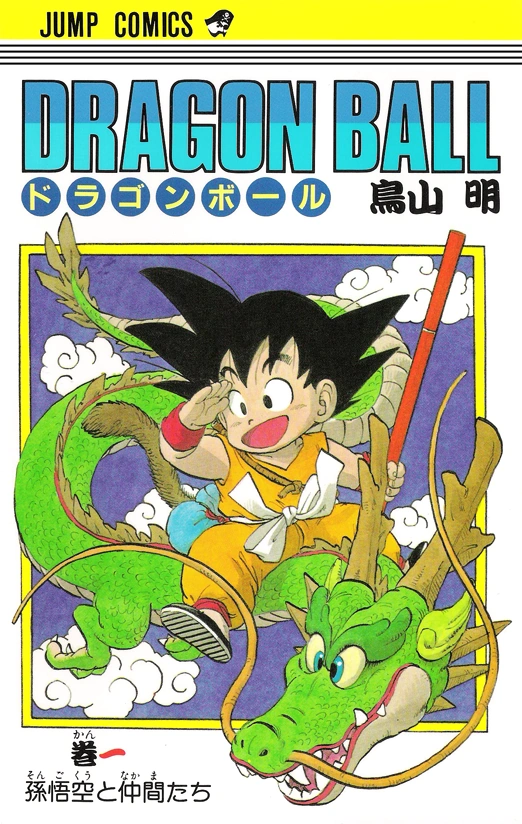
A third (and final) tournament arc introduced us to an older version of the main cast, and the following story arc had another time-skip that had Goku not only married but with a son of his own. This arc is what begins the “Dragon Ball Z” part of the story, though the manga itself was always just called “Dragon Ball” the anime adaptation added a Z to it, explaining later that Z was the end of the alphabet and this was the last part of the story… They were off on that estimation, though to be fair Toriyama had at several points thought about ending the series, though he always said the show’s popularity and fans kept him going.
Dragon Ball, and especially Dragon Ball Z, would become massive merchandise movers thanks to not just a massive jump in magazine sales but through collectable cards, t-shirts, eventually video games, home video releases and much later on, all of that and more when it became popular on a global scale. The Frieza arc is often pointed to as the “peak” of the series in terms of popularity, the introduction of the “Super Saiyan” form and generally the big climactic fight between Goku and Frieza is something of an often-parodied cultural event. It didn’t take long though for Toriyama to feel the weight of the show’s popularity, and the effect it had on his higher-ups who wanted to keep that money train running. This exchange between Toriyama and his former editors about the Androids/Cell story arc says it best:
Akira Toriyama: At that time it began to be more fun to think up the story than to draw the pictures. But with the story, I basically only thought of each chapter. That’s why I end up getting caught in these quagmires. (laughs) Around the time of Trunks’ time travel, it was dreadful. I kept drawing, and it just got more and more incoherent.
Kazuhiko Torishima: You only got away with that because Kondō was your editor. I can’t stand that kind of troublesome stuff. (laughs)
Akira Toriyama: You’re terrible to say that, Torishima-san. Right around then was when the Androids No. 19 and No. 20 appeared. You weren’t my editor or anything anymore, but you specifically called me to say “I thought that the enemies had finally come, but aren’t these just a geezer and a fatso?” (laughs) In truth, I hadn’t had plans for anyone but No. 19 and No. 20 to appear. But there was no helping it, so I brought out No. 17 and No. 18. Then you called me up and said “What, this time it’s just some brats?” So I brought out Cell. (laughs)
Fuyuto Takeda: So you hadn’t planned on Cell appearing at all?
Akira Toriyama: That’s right. I liked No. 19 and No. 20 just fine. And I liked the initial Cell fine as well.
Fuyuto Takeda: The bug-like one?
Akira Toriyama: But Kondō-san said “He looks ugly. Of course, he can transform.”, so I had no choice but to transform him into his second-form.
Yū Kondō: Was that how it was?
Akira Toriyama: And then you were really awful, Kondō-san. “This time he looks like a moron, doesn’t he? Hurry up and make him into his perfect-form,” you said.
Yū Kondō: But he really did look like a moron. (laughs)
Akira Toriyama: With second-form Cell as well, I liked him well enough. Actually, I had wanted him to play a more active role. But since I was told he looked stupid, I had no choice but to change him. (laughs) So I made him into his cool-looking perfect form, which was to Kondō-san‘s liking.
(translated from “Shenlong Times #2” by the Kanzenshuu team)
At the end of the Cell story arc Goku was killed off and after another time-jump, his now teenage son Gohan was the central focus… for a while, but by the end Goku had returned to the central role. By the end of the series it was clear that Toriyama was running on fumes and so when the final chapter was released, it came somewhat out of nowhere for fans, but not for the man himself:
I truly thank you for faithfully reading Dragon Ball for so terribly long. I’m very grateful for how you all supported me up until the very end. The truth is that I decided on this a long time ago but a lot happened, so please forgive me for announcing this so suddenly.
For this new step in my life, I’ve asked a big favour of everyone concerned and am ending this manga. Of course, I humbly apologize to all you fans too. I’m very sorry. From now on, I think I will take a little break, and then leisurely draw one-shot works. You’ll definitely see me again. I think it (should) certainly be interesting, so look forward to it! Well, until that day, this is goodbye. Let’s meet again.
– Akria Toriyama (Weekly Shōnen Jump 1995 #25)
The World of Computer Games and more
During this insane spike in popularity Akira Toriyama also provided all the character and monster artwork for the RPG “Dragon Quest” on the NES, a series that would become revolutionary and has since spawned ten numbered sequels and a bunch of spin-offs, all designed by Toriyama or at the very least intentionally aping his art style.
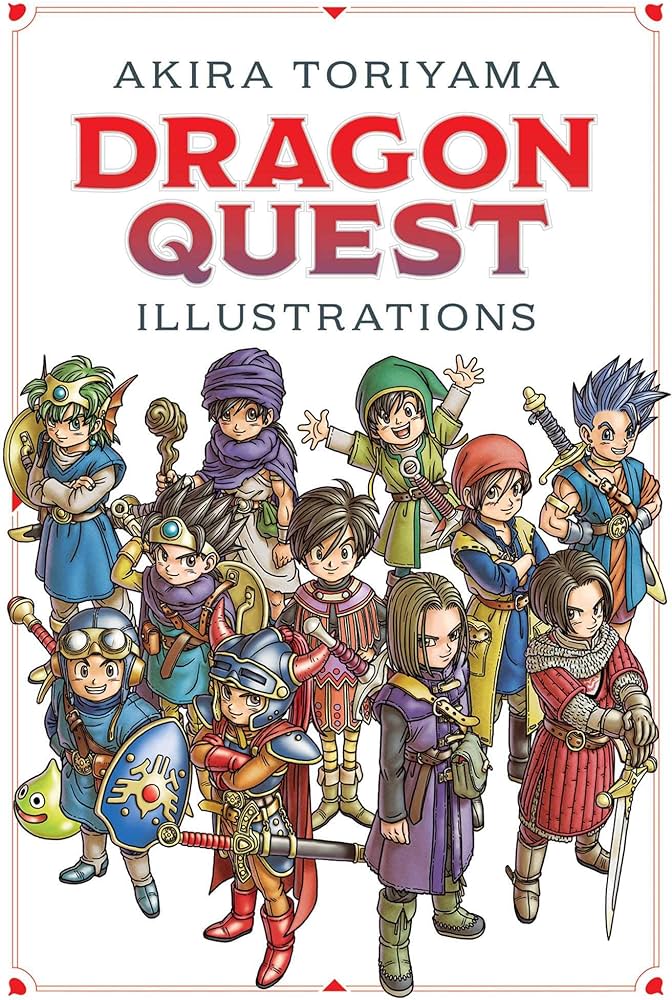
He was also one of the “Dream Team” assembled by Square for the RPG event game “Chrono Trigger”, itself largely considered on the best games of its generation and among the best period.
After Dragon Ball, Toriyama made good on his promise and did several one-off manga stories or shot mini-runs but in general he took a break from the spotlight, like he no doubt wanted to do a while ago, given his naturally shy personality.
Influential Figure and Returning to Dragon Ball
It’s hard to find a manga artist/author who wasn’t inspired by Dragon Ball at a young age. Eiichiro Oda, creator of One Piece, was one such person and the two of them became friends when Toriyama’s own children began watching and reading his series, even leading to a few crossover chapters. It’s safe to say that the likes of One Piece, Naruto, Bleach, and even more recent shonen hits like My Hero Academia wouldn’t be around if it weren’t for Dragon Ball and its author.
For that reason it was uplifting to see Akira Toriyama return to Dragon Ball in 2012 with the film “Dragon Ball Z: Battle of Gods”, the story and character designs done by the man himself. Ignoring Dragon Ball GT, which he had little to no involvement in, and trying to erase the lingering smell that was the US live action Dragon Ball film it was a big hit that led to a second Toriyama-penned DBZ film: Resurrection F, featuring a rematch between Goku and Frieza.
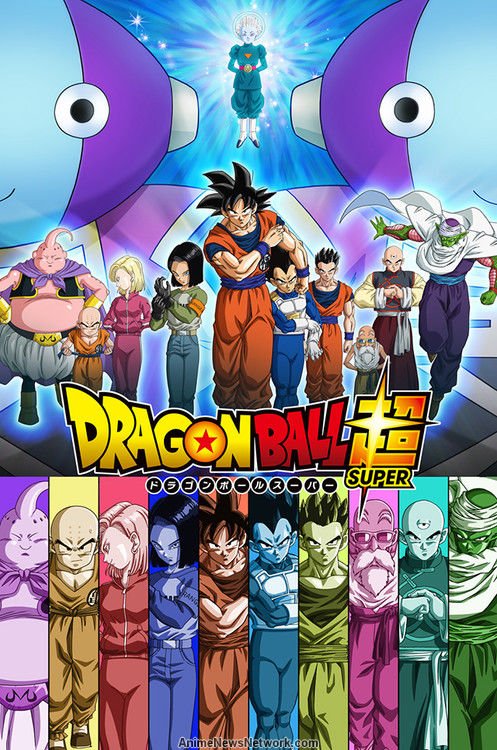
This then led to a full-blown sequel series: Dragon Ball Super, which was story-boarded and character- designed by the man himself, though the manga was drawn by young artist and Dragon Ball megafan “Toyotarou” and the anime was directed from those same notes, they actually differ quite a bit in their telling of Toriyama’s stories. Super the anime ended but it was followed by two feature-length films while the Super manga continued on and featured brand-new story arcs not covered in the anime series, all of which were once again planned and designed by Akira Toriyama. He had found his love for the series again and was now in full control while not being overworked.
At the time of his death he was still working behind the scenes on the next Dragon Ball show: Dragon Ball Daima, which is still set to air at the end of the year. Meanwhile Dragon Ball Super the manga is still on going, though who knows for how long without the driving force of the story.
Lasting Legacy
Much like Son Goku himself, Toriyama was often aloof and more interested in having fun than doing something serious and it’s that attitude that led to such a successful career. It’s not just other manga creators that have been inspired, it’s people all across the world in all walks of life.
Personally it got me properly interested in anime as a teen and a sample review of Dragon Ball Z Kai Season 1 is what landed me this role on Anime UK News. The impact Dragon Ball, and therefore Akira Toriyama, has had on me cannot be understated and I’m just a reviewer on a UK anime website, which compared to the creator of One Piece, a series that has surpassed Dragon Ball in Japanese popularity (and length!) is obviously nothing but that just proves the point: Akira Toriyama has inspired and entertained people from all walks of life for decades, and due to that his lasting legacy will never truly die.
